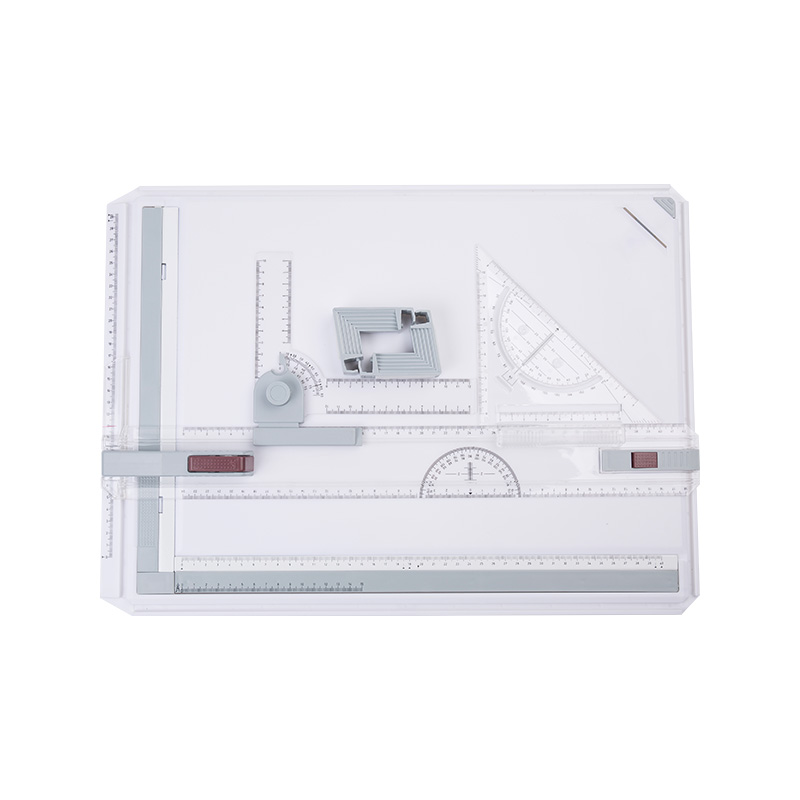Surface Texture and Grip: The surface texture of an A3 drawing board is crucial for its performance with different paper types. A finely textured surface provides grip and control, ideal for precise line work with graphite pencils or detailed ink drawings. This texture prevents pencils from slipping and allows for consistent, smooth strokes. Conversely, a smoother surface might be preferred for markers or pens, facilitating fluid ink flow without snagging or catching on the paper.
Weight Capacity: The robust A3 drawing board should handle varying paper weights effectively. This capability ensures stability and prevents the board from bending or flexing under the weight of heavier papers such as watercolor or illustration board. Boards with higher weight capacities maintain a flat, steady surface, crucial for detailed work requiring even pressure distribution and stability. This feature is essential for artists and designers working with media that exert significant pressure on the drawing surface.
Clamping Mechanism: The clamping mechanism on an A3 drawing board secures paper sheets firmly in place, irrespective of their weight or thickness. Adjustable clips or a parallel motion ruler with integrated clamps prevent paper from shifting during drawing. This feature is vital for maintaining alignment and stability, particularly when using technical pens or fine liners that require precise placement and control. Effective clamping ensures that the paper remains taut and flat, facilitating accurate drafting and illustration work.
Compatibility with Drawing Instruments: The high-quality A3 drawing board is designed to accommodate a wide range of drawing instruments effectively. Its surface should support smooth and controlled application of graphite pencils, ink pens, markers, and other mediums commonly used in art and technical drawing. This versatility allows artists and designers to achieve consistent results across different paper types, from lightweight sketching paper to heavyweight illustration board, without compromising on performance or drawing quality.
Adjustability: Adjustability in an A3 drawing board enhances user comfort and productivity by offering customizable working angles. Whether flat for precise technical drawing or tilted for sketching and painting, the board's adjustable angle feature should maintain stability and usability across various settings. This flexibility not only supports ergonomic preferences but also accommodates different drawing techniques and creative workflows. A well-adjusted drawing board reduces strain during extended use, promoting a more comfortable and productive drawing experience.




 English
English Español
Español
















